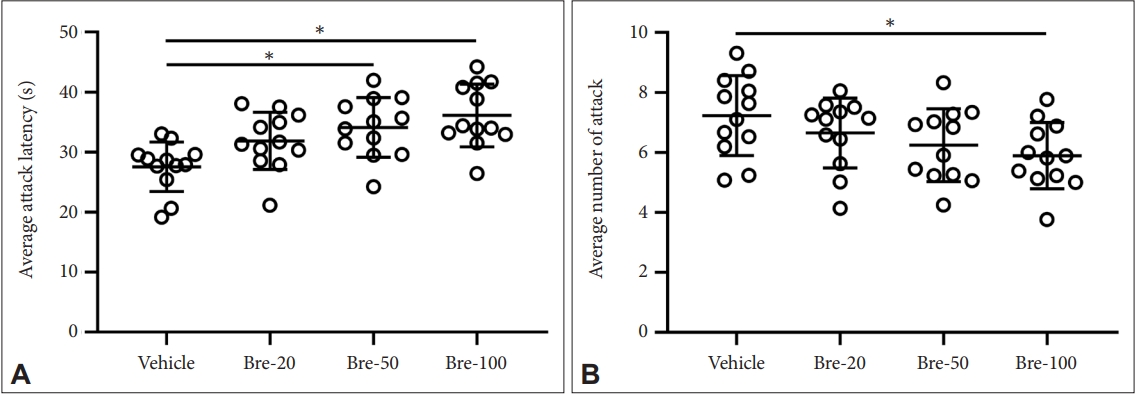2. Wen L, He T, Yu A, Sun S, Li X, Wei J, et al. Breviscapine: a review on its phytochemistry, pharmacokinetics and therapeutic effects. Am J Chin Med 2021;49:1369-1397.


5. Pellow J, Solomon EM, Barnard CN. Complementary and alternative medical therapies for children with attention-deficit/hyperactivity disorder (ADHD). Altern Med Rev 2011;16:323-337.

7. Pang X, Wang H, Dill SE, Boswell M, Pang X, Singh M, et al. Attention deficit hyperactivity disorder (ADHD) among elementary students in rural China: prevalence, correlates, and consequences. J Affect Disord 2021;293:484-491.


8. Michielsen M, Semeijn E, Comijs HC, van de Ven P, Beekman AT, Deeg DJ, et al. Prevalence of attention-deficit hyperactivity disorder in older adults in the Netherlands. Br J Psychiatry 2012;201:298-305.


9. Biederman J, Faraone S, Milberger S, Curtis S, Chen L, Marrs A, et al. Predictors of persistence and remission of ADHD into adolescence: results from a four-year prospective follow-up study. J Am Acad Child Adolesc Psychiatry 1996;35:343-351.


10. Wenthur CJ. Classics in chemical neuroscience: methylphenidate. ACS Chem Neurosci 2016;7:1030-1040.


11. Lyu J, Xie Y, Sun M, Zhang L. Clinical evidence and GRADE assessment for breviscapine injection (DengZhanHuaSu) in patients with acute cerebral infarction. J Ethnopharmacol 2020;262:113137


13. Li Y, Li S, Li D. Breviscapine alleviates cognitive impairments induced by transient cerebral ischemia/reperfusion through its anti-inflammatory and anti-oxidant properties in a rat model. ACS Chem Neurosci 2020;11:4489-4498.


14. Xia H, Wu L, Chu M, Feng H, Lu C, Wang Q, et al. Effects of breviscapine on amyloid beta 1-42 induced AlzheimerŌĆÖs disease mice: a HPLC-QTOF-MS based plasma metabonomics study. J Chromatogr B Analyt Technol Biomed Life Sci 2017;1057:92-100.


15. Purper-Ouakil D, Franc N. [Emotional dysfunctions in attention deficit hyperactivity disorder]. Arch Pediatr 2011;18:679-685. French.

17. Spencer AE, Marin MF, Milad MR, Spencer TJ, Bogucki OE, Pope AL, et al. Abnormal fear circuitry in attention deficit hyperactivity disorder: a controlled magnetic resonance imaging study. Psychiatry Res Neuroimaging 2017;262:55-62.


20. An XL, Zou JX, Wu RY, Yang Y, Tai FD, Zeng SY, et al. Strain and sex differences in anxiety-like and social behaviors in C57BL/6J and BALB/cJ mice. Exp Anim 2011;60:111-123.


22. Liu L, Chen Y, Li H, Qian Q, Yang L, Glatt SJ, et al. Association between SYP with attention-deficit/hyperactivity disorder in Chinese Han subjects: differences among subtypes and genders. Psychiatry Res 2013;210:308-314.
















